1. Why Volcanoes Still Terrify Scientists
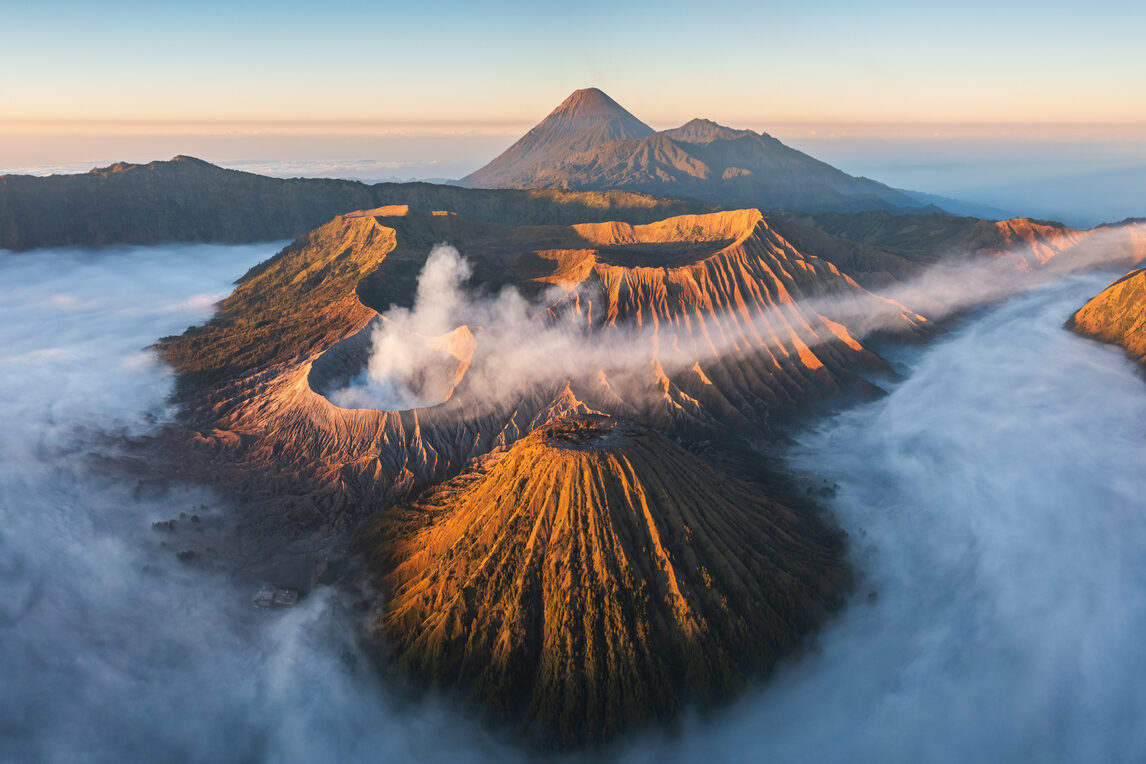
Volcanoes remain one of the most unpredictable forces on Earth. With over 1,350 active ones worldwide, scientists keep a close eye on several that could unleash unimaginable destruction. Some volcanoes hold so much pressure that a single eruption could bury entire cities, send ash clouds across continents, or even trigger short-term global cooling by blocking sunlight. Events like these have happened in the past, and history shows how devastating they can be for both local communities and the planet as a whole. This is why researchers call some of these massive volcanoes “sleeping giants”, they may appear calm, but the energy stored beneath the surface could change life for millions overnight.
2. Yellowstone Caldera USA

Yellowstone is often referred to as a “supervolcano” for good reason. Its last major eruption about 640,000 years ago covered much of North America in volcanic ash and dramatically reshaped the landscape. Today, scientists monitor it closely because a future eruption would have catastrophic effects, not just in the United States but globally. Ash fallout could blanket farmland, destroy infrastructure, and ground air travel across continents. While the chances of an eruption anytime soon are considered low, the sheer scale of Yellowstone’s underground magma chamber makes it one of the most dangerous volcanoes on Earth, earning its reputation as a ticking time bomb beneath America’s most famous national park.
3. Campi Flegrei Italy
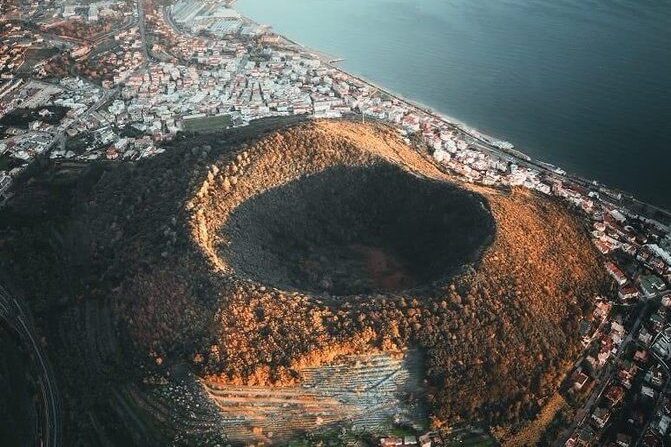
Just outside Naples lies Campi Flegrei, a vast volcanic field that shows alarming signs of activity. Unlike a single towering peak, it’s made up of numerous craters spread across the region, with millions of people living nearby. Scientists have observed the ground slowly rising due to underground pressure, a possible signal that magma is on the move. If Campi Flegrei erupted on a large scale, it could rival or even surpass the destructive power of Mount Vesuvius, which buried Pompeii nearly 2,000 years ago. With Naples and surrounding towns so close, even a moderate eruption could put countless lives at risk, making this one of the most closely watched volcanic systems in Europe today.
4. Taal Volcano Philippines
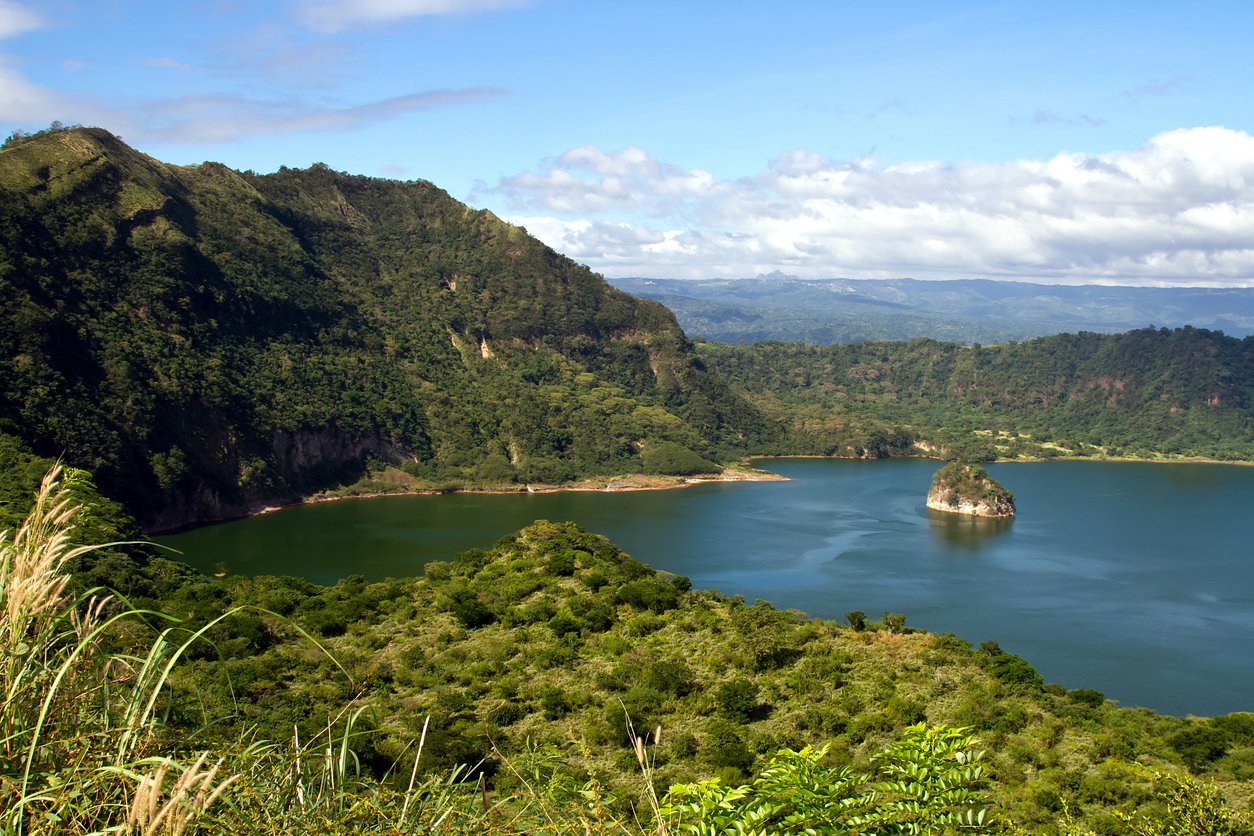
Small but extremely dangerous, Taal sits on an island within a lake just south of Manila, one of the world’s most densely populated cities. Its eruptions are unpredictable and can trigger tsunamis, massive ash clouds, and deadly gas releases. In January 2020, Taal erupted with such force that thousands were evacuated, flights were canceled, and Manila was blanketed in ash. The volcano has a long history of violent eruptions, and because of its location, even moderate activity can disrupt the lives of millions of Filipinos. Its beauty draws tourists, but beneath the scenic lake lies one of the deadliest volcanoes in Southeast Asia, capable of unleashing sudden chaos.
5. Mount Rainier USA
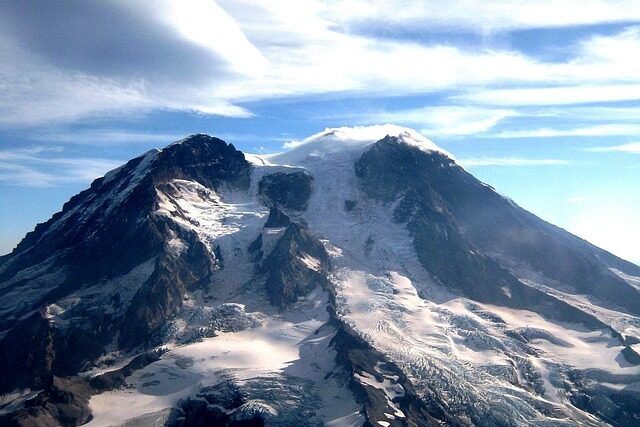
Towering over Washington State, Mount Rainier may look serene, but scientists consider it one of America’s most dangerous volcanoes. Its snow- and ice-covered slopes hide a deadly threat: lahars, or fast-moving volcanic mudflows. If Rainier erupts, the heat would melt massive amounts of ice, sending torrents of mud and debris rushing down river valleys toward Seattle, Tacoma, and other nearby communities. Even without a massive eruption, landslides triggered by volcanic activity could devastate towns in its path. Because millions of people live in the Seattle-Tacoma area, the potential impact of Rainier’s eruption is staggering, which is why emergency agencies prepare for the worst-case scenario around this seemingly peaceful peak.
6. Sakurajima Japan

Sakurajima is one of the most active volcanoes in the world, erupting so often that locals have grown used to its ash falling from the sky. Located just across the bay from Kagoshima, a city of over half a million people, it poses a constant threat of a major eruption. Past explosions have been powerful enough to destroy villages and cover the region in thick ash. Scientists warn that if a large eruption occurs, it could devastate the entire city within minutes. Despite its dangers, Sakurajima has become a symbol of resilience in Japan, with residents adapting to its daily activity while living in the shadow of a volcano capable of wiping out entire communities.
7. Mount Merapi Indonesia
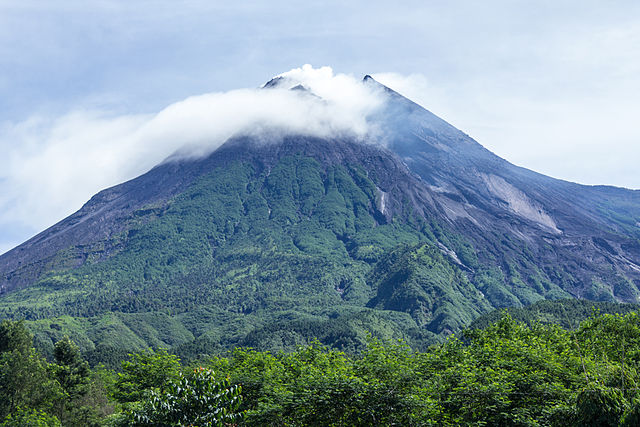
Nicknamed “Fire Mountain,” Mount Merapi is one of the most dangerous volcanoes on Earth. Rising above densely populated areas in Central Java, it erupts frequently and has a long history of deadly explosions. Its 2010 eruption killed over 300 people and forced hundreds of thousands to flee their homes, covering towns in ash and destroying farmland. Merapi is known for pyroclastic flows, fast-moving clouds of hot gas and rock that can wipe out villages in minutes. With millions of people living nearby, scientists keep constant watch on this restless giant. Its unpredictability and history of destruction make it a terrifying presence for communities who live in its shadow.
8. Popocatépetl Mexico
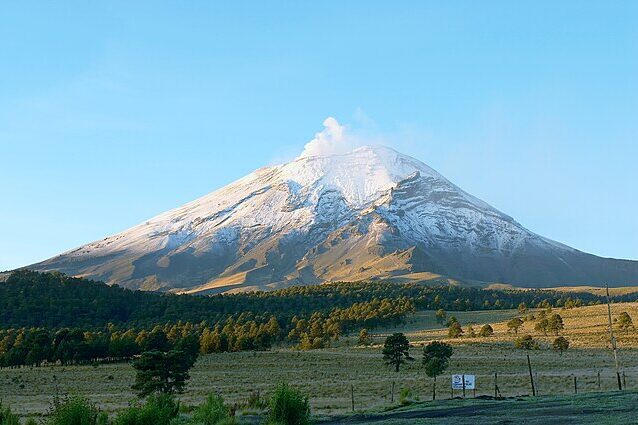
Popocatépetl, often called “El Popo,” looms just 45 miles from Mexico City, home to more than 20 million people. It is one of the most closely monitored volcanoes in the world because of its potential to cause chaos in such a heavily populated area. Known for frequent eruptions of ash, smoke, and lava, it has been active for centuries and continues to show signs of unrest today. Even a moderate eruption could disrupt daily life in Mexico City, shutting down airports, contaminating water supplies, and forcing mass evacuations. Its towering presence is both a cultural symbol and a constant reminder of the threat that lies just beyond the city’s skyline.
9. Mount Vesuvius Italy
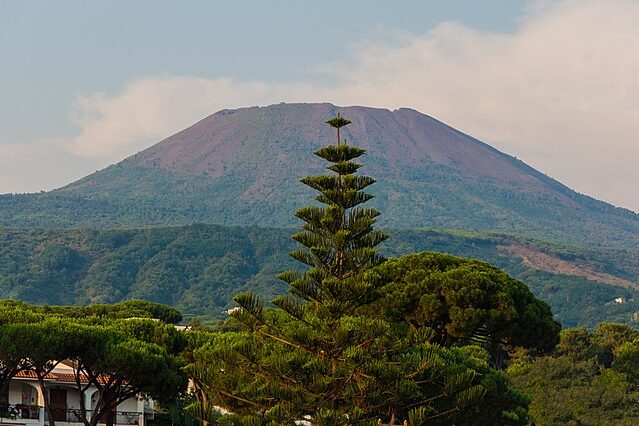
Mount Vesuvius is infamous for its eruption in AD 79 that buried Pompeii and Herculaneum, preserving them in volcanic ash. Today, it remains one of the most dangerous volcanoes in the world because of its proximity to Naples, where around 3 million people live. Scientists warn that another eruption could happen with little warning, and even a smaller one could have devastating consequences. Authorities have emergency evacuation plans in place, but moving millions of people in time would be an enormous challenge. Vesuvius is a constant reminder that history can repeat itself, and the people living around it are some of the most vulnerable to volcanic disaster anywhere in Europe.
10. Mount Nyiragongo DR Congo
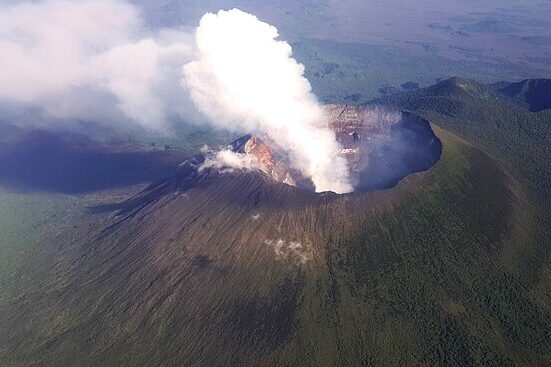
Mount Nyiragongo in the Democratic Republic of Congo is notorious for its unusually fast-moving lava. In past eruptions, lava flows have reached speeds of up to 60 miles per hour, giving residents little time to escape. Its eruptions in 1977 and 2002 destroyed large parts of the nearby city of Goma, killing thousands and leaving hundreds of thousands homeless. Nyiragongo’s lava lake, one of the largest in the world, is a constant threat, and cracks in the volcano’s slopes could send molten rock rushing toward communities at any moment. With over a million people living nearby, it remains one of the most terrifying volcanoes on the planet.
This story 10 Volcanoes Around the World Just Waiting to Kill Millions with a Single Eruption was first published on Daily FETCH


